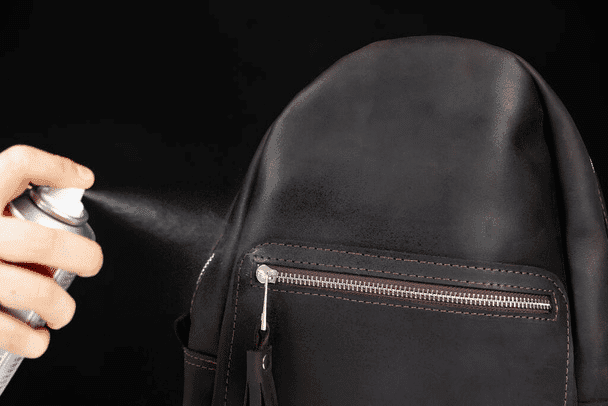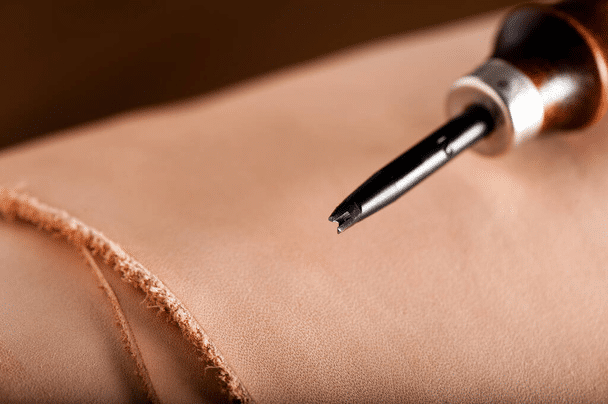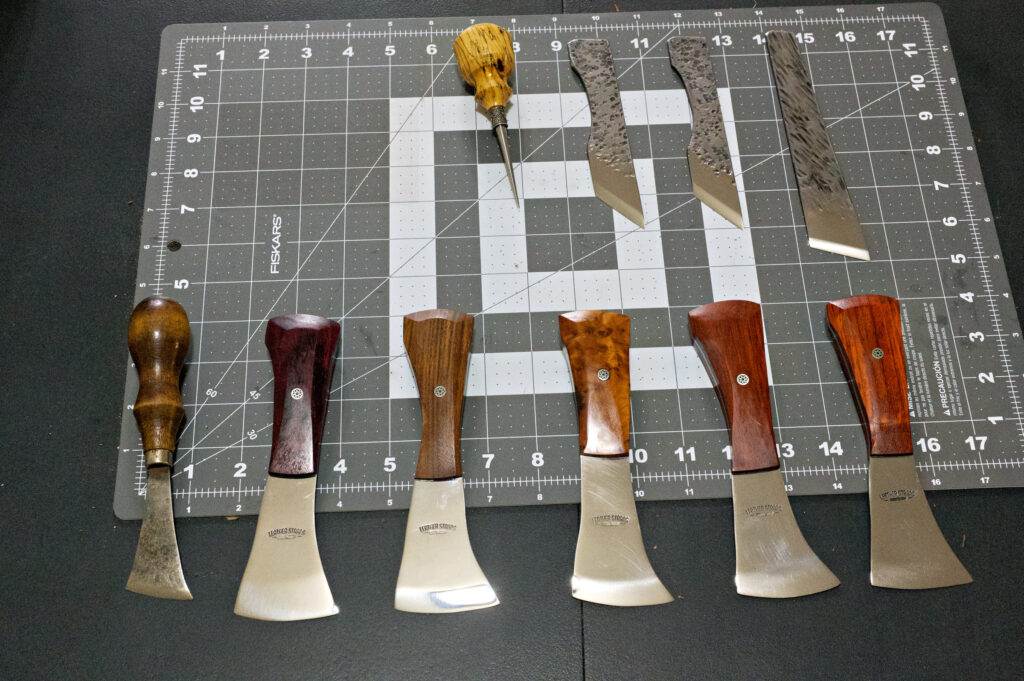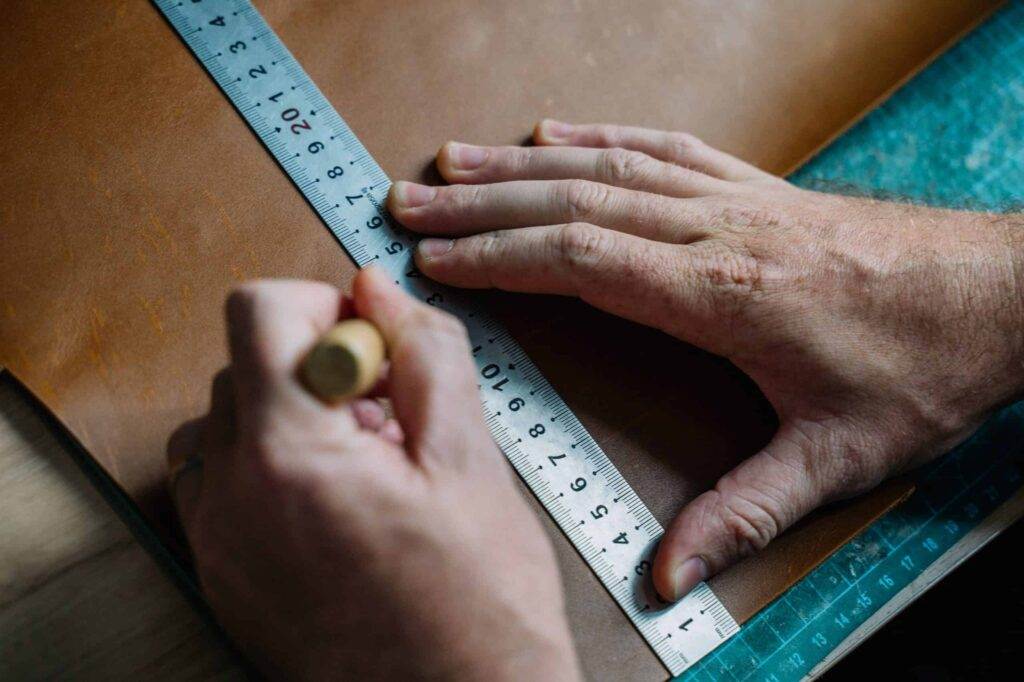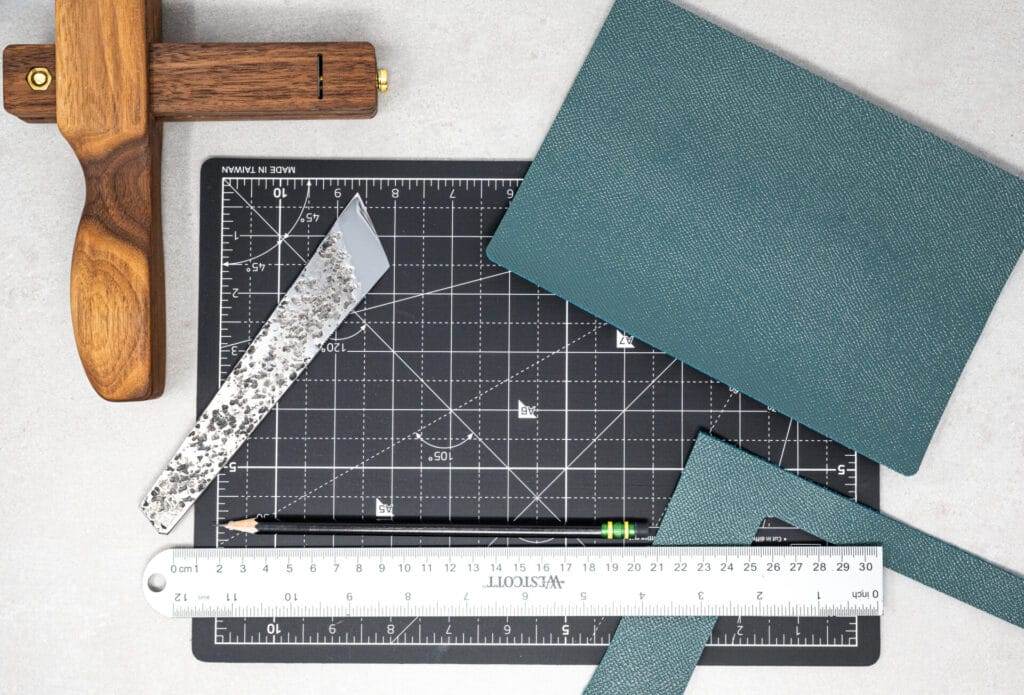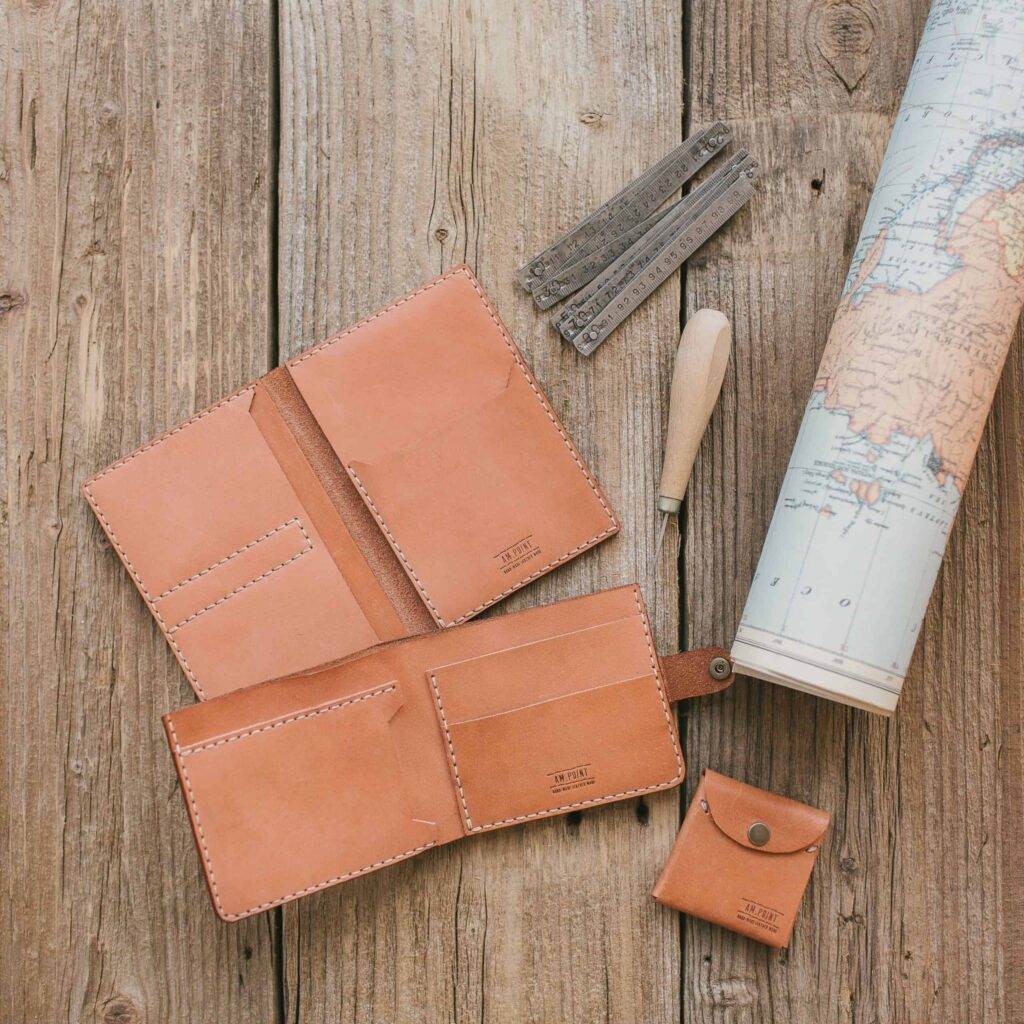Water Resistance in Different Leathers for Leathercraft
Water resistance in leather is a crucial aspect that affects the longevity and functionality of leather goods. Leather, being a natural material, has inherent properties that can either repel or absorb water. When discussing water resistance, it is essential to differentiate between water-resistant and waterproof.
Water-resistant leather can withstand some exposure to moisture without significant damage, while waterproof leather is designed to prevent water from penetrating entirely. Understanding these distinctions is vital for anyone looking to invest in leather products, as it influences both care and usage. The water resistance of leather is influenced by several factors, including the type of leather, its finish, and any treatments applied during manufacturing.
Natural oils and waxes can enhance a leather’s ability to repel water, while untreated leather may absorb moisture quickly, leading to potential damage. Additionally, the structure of the leather fibers plays a role; tightly woven fibers tend to resist water better than loosely woven ones. Therefore, when selecting leather for specific applications, it is essential to consider how water resistance will impact the product’s performance and durability.
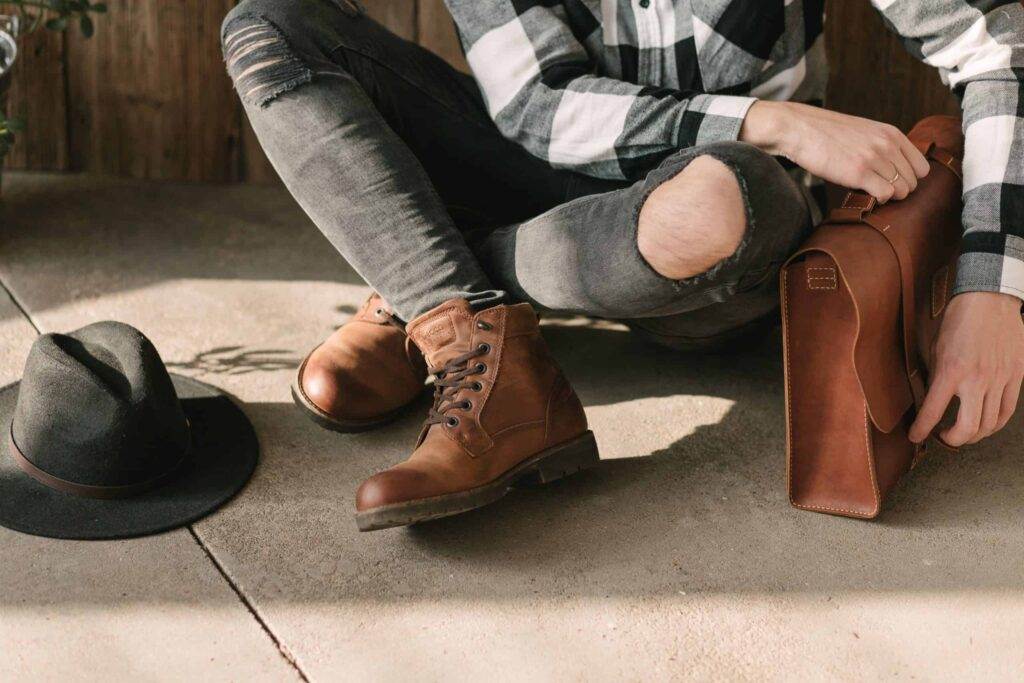
Key Takeaways
- Understanding Water Resistance in Leather:
- Water resistance in leather is determined by the type of leather and the tanning process it undergoes.
- Different types of leather have varying levels of water resistance, with full grain leather being the most resistant and suede and nubuck being the least resistant.
- Types of Leather and Their Water Resistance:
- Full grain leather, top grain leather, suede, nubuck, and exotic leathers all have different levels of water resistance due to their unique characteristics and tanning processes.
- Full Grain Leather: The Most Water-Resistant Option:
- Full grain leather is the most water-resistant type of leather due to its natural grain and minimal processing, making it a great choice for items that will be exposed to moisture.
- Top Grain Leather: A Balance of Water Resistance and Durability:
- Top grain leather offers a good balance of water resistance and durability, making it suitable for a wide range of leather goods.
- Suede and Nubuck: Water Resistance Challenges:
- Suede and nubuck are the least water-resistant types of leather due to their soft, brushed finish, making them more susceptible to water damage.
- Exotic Leathers: Water Resistance Considerations:
- Exotic leathers such as alligator, ostrich, and snake have varying levels of water resistance, and their care and maintenance requirements may differ from traditional leathers.
- Tips for Maintaining Water Resistance in Leather:
- Regularly applying a leather protector or waterproofing spray can help maintain water resistance in leather goods.
- Keeping leather items clean and conditioned can also help preserve their water resistance over time.
- Conclusion: Choosing the Right Leather for Your Project:
- When choosing leather for a project, consider the level of water resistance needed and select the appropriate type of leather based on its intended use and exposure to moisture.
Types of Leather and Their Water Resistance
Leather comes in various types, each with unique characteristics that affect its water resistance. The most common types include full grain, top grain, genuine leather, suede, and exotic leathers. Each type has its own set of properties that determine how well it can withstand moisture.
For instance, full grain leather is known for its durability and natural resistance to water due to its dense fiber structure. In contrast, suede and nubuck are more porous and can absorb water easily, making them less suitable for wet conditions. When choosing leather for a specific purpose, understanding these differences is crucial.
For example, if you are crafting items that will be exposed to the elements, such as outdoor gear or bags, opting for a more water-resistant type like full grain or top grain leather would be wise. On the other hand, if the item is intended for indoor use or occasional wear, materials like suede may be acceptable despite their lower water resistance. Ultimately, the choice of leather should align with the intended use and environmental conditions the product will face.
Full Grain Leather: The Most Water-Resistant Option
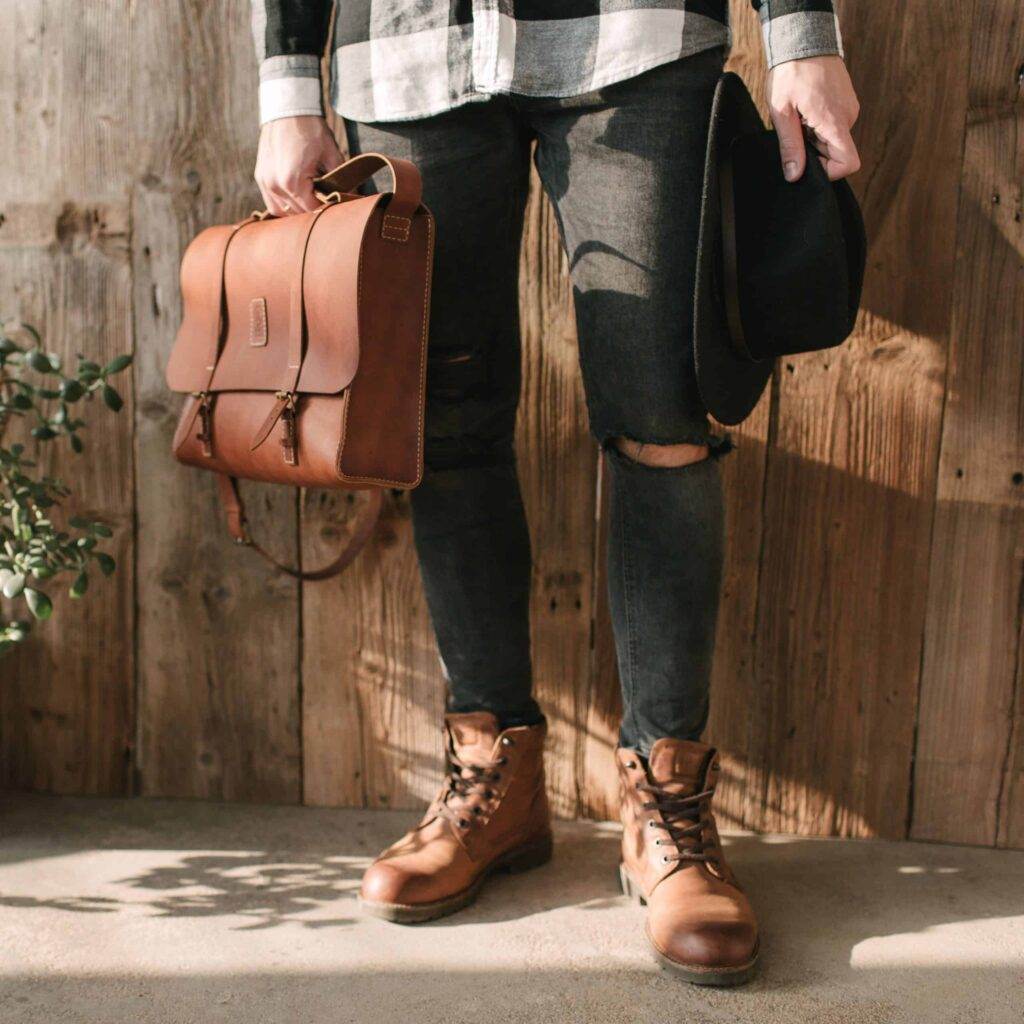
Full grain leather is often regarded as the pinnacle of leather quality due to its superior durability and natural beauty. This type of leather retains the original grain pattern of the hide, which not only enhances its aesthetic appeal but also contributes to its water resistance. The tightly packed fibers in full grain leather create a barrier that helps repel moisture, making it an excellent choice for items that may encounter wet conditions.
Moreover, full grain leather develops a unique patina over time, which can further enhance its water resistance. As the leather ages, natural oils from the skin can rise to the surface, creating an additional protective layer against moisture. However, it is important to note that while full grain leather is more resistant to water than other types, it is not entirely waterproof.
Proper care and maintenance are still necessary to ensure its longevity and performance in wet environments.
Top Grain Leather: A Balance of Water Resistance and Durability
Top grain leather strikes a balance between durability and water resistance, making it a popular choice for various applications. Unlike full grain leather, top grain has been sanded and treated to remove imperfections, resulting in a smoother surface. While this process can slightly reduce its natural water resistance compared to full grain leather, top grain still offers a respectable level of protection against moisture.
The treatment process often involves applying finishes or coatings that enhance the leather’s ability to repel water. These treatments can provide an additional layer of protection while maintaining the leather’s overall appearance and feel. As a result, top grain leather is commonly used in products such as handbags, wallets, and furniture upholstery where a combination of style and functionality is desired.
However, like all leather types, it requires regular maintenance to preserve its water-resistant properties.
Suede and Nubuck: Water Resistance Challenges
Suede and nubuck are two types of leather that present unique challenges when it comes to water resistance. Both materials are made from the underside of the hide, resulting in a soft texture that is highly sought after for fashion items. However, their porous nature makes them more susceptible to water damage compared to full grain or top grain leathers.
When exposed to moisture, suede and nubuck can absorb water quickly, leading to stains and potential deterioration. To mitigate these challenges, it is essential to treat suede and nubuck with specialized waterproofing sprays designed for these materials. These treatments can help create a barrier against moisture while preserving the soft texture that makes these leathers appealing.
Additionally, proper care involves regular brushing with a soft brush to maintain the nap and prevent dirt buildup. While suede and nubuck may not be ideal for wet conditions, with appropriate care and treatment, they can still be enjoyed in drier environments.
Exotic Leathers: Water Resistance Considerations
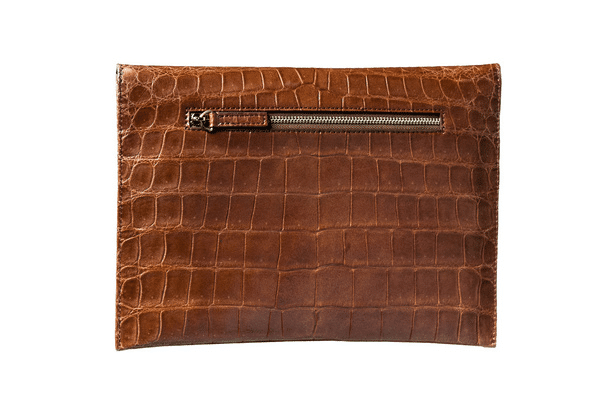
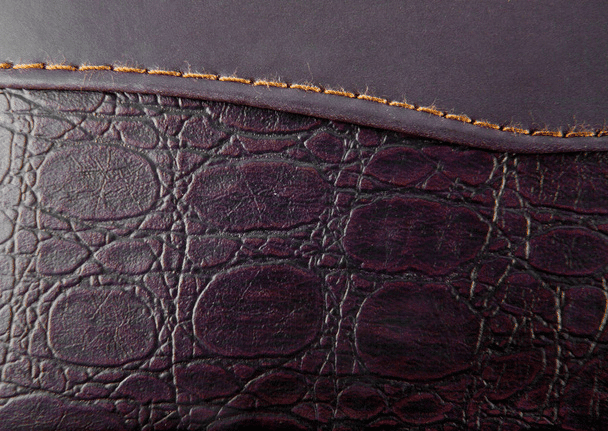
Exotic leathers such as alligator, ostrich, and snake skin offer unique aesthetics but come with their own set of considerations regarding water resistance. These leathers often have distinct textures and patterns that make them highly desirable for luxury items. However, their water resistance can vary significantly based on the type of exotic leather and how it has been treated during processing.
For instance, alligator leather tends to have a more durable surface due to its natural scales, which can provide some level of water resistance. Conversely, snake skin may be more porous and susceptible to moisture damage if not properly treated. When working with exotic leathers, it is crucial to consult care guidelines specific to each type to ensure proper maintenance and protection against water exposure.
Additionally, applying appropriate protective coatings can help enhance their resilience against moisture while preserving their unique appearance.
Tips for Maintaining Water Resistance in Leather
Maintaining water resistance in leather requires a proactive approach that includes regular care and appropriate treatments. One of the most effective ways to protect leather from moisture is by applying a high-quality waterproofing spray designed specifically for the type of leather being used. This treatment creates a barrier that repels water while allowing the material to breathe.
It is advisable to reapply this treatment periodically, especially after cleaning or exposure to wet conditions. In addition to waterproofing sprays, regular conditioning is essential for maintaining the integrity of leather. Conditioning products help replenish natural oils that may be lost over time due to exposure to air and moisture.
This not only enhances the leather’s appearance but also improves its overall resilience against water damage. Furthermore, storing leather items in a cool, dry place away from direct sunlight can prevent drying out or cracking, ensuring they remain in optimal condition for years to come.
Choosing the Right Leather for Your Project
Selecting the right type of leather for your project involves careful consideration of its intended use and environmental factors it may encounter. Understanding the various types of leather and their respective water resistance properties is crucial in making an informed decision. Full grain leather offers superior durability and natural water resistance, making it ideal for outdoor gear or items exposed to moisture.
Top grain leather provides a balance between style and functionality while still offering decent protection against water. On the other hand, suede and nubuck require special attention due to their susceptibility to moisture damage; however, with proper treatment and care, they can still be enjoyed in suitable environments. Exotic leathers add a touch of luxury but come with unique considerations regarding their maintenance and water resistance capabilities.
Ultimately, by understanding these factors and implementing proper care techniques from sources like LeatherStraps.org when crafting or purchasing leather goods, you can ensure that your items remain beautiful and functional for years to come.
FAQs
What is water resistance in leathercraft?
Water resistance in leathercraft refers to the ability of leather to repel or resist water, preventing it from being absorbed or causing damage to the leather material.
What are the different types of leather and their water resistance?
Different types of leather have varying levels of water resistance. Full-grain leather is known for its natural water resistance, while top-grain leather and genuine leather may have some water resistance but are not as durable when exposed to water. Suede and nubuck leather are less water-resistant and require special treatment to repel water.
How can leather be made more water-resistant?
Leather can be made more water-resistant through various methods such as applying a waterproofing spray or wax, using leather conditioners with water-repellent properties, or choosing leather with a natural water-resistant quality such as full-grain leather.
What are the considerations for water resistance in leathercraft projects?
When working on leathercraft projects, it is important to consider the intended use of the item and the level of water resistance required. Factors such as the type of leather, the finishing techniques, and the application of water-resistant products should be taken into account to ensure the longevity and durability of the leather item.

